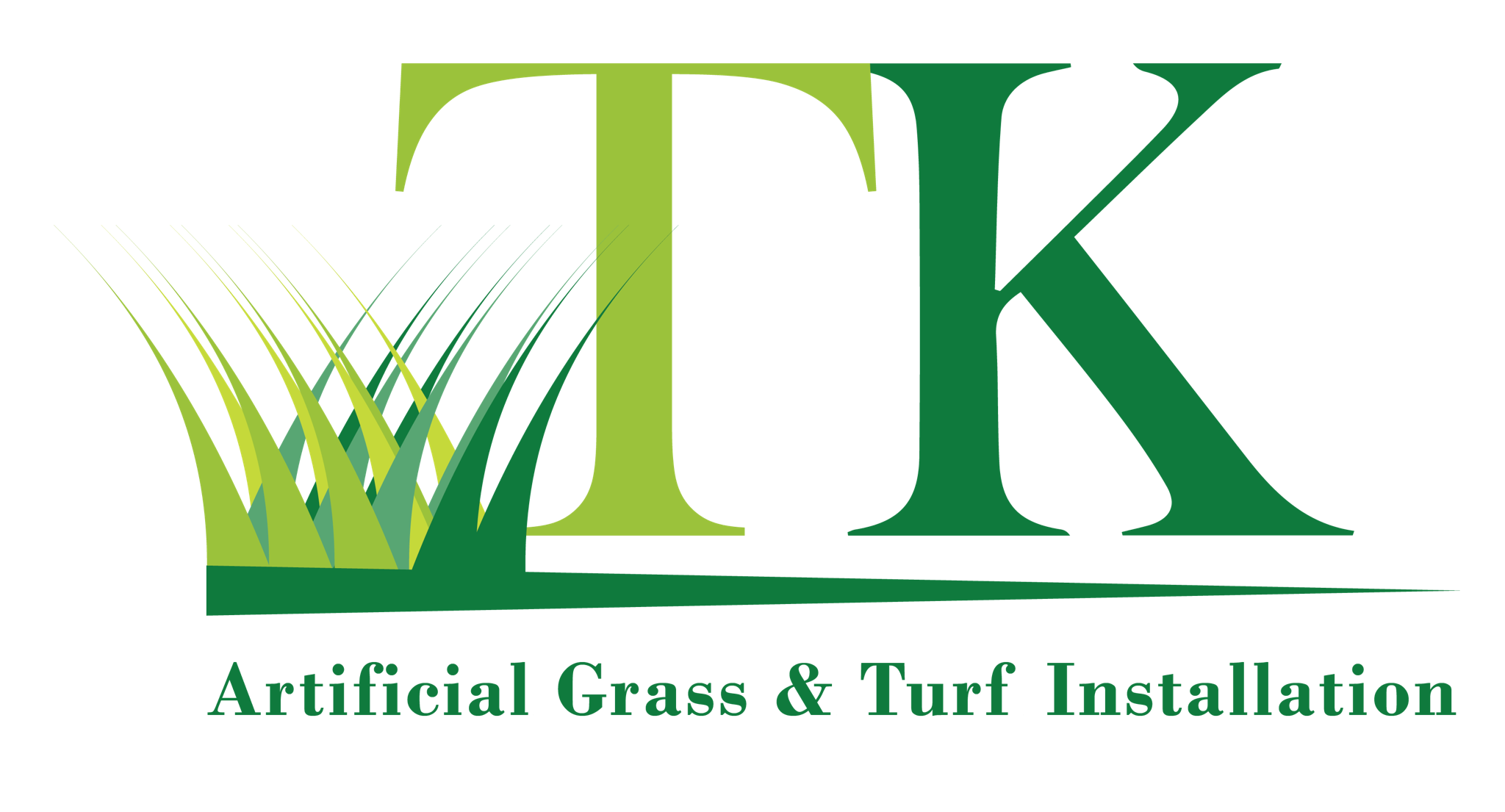Whether you’re preparing for a new addition to your backyard, or trying to create an upscale environment for a garden, artificial grass installation is a great way to go. It’s a cost-effective alternative to real grass and doesn’t require regular maintenance.
To install synthetic grass, the first step is to prepare the ground. This can be done by excavating 3-4 inches of the top soil. This will help the turf sit well and facilitate proper drainage. You should also remove any weeds, fertilizers, or unwanted vegetation that may be in the area. You can do this with a shovel or sod cutter. Then, you can lay down a flat base of crushed rock, sand, or gravel. In mild climates, you can also use decomposed granite.
Next, you’ll want to roll out the artificial grass on a smooth, flat surface. Make sure you do this over a thin layer of foam or other padding. This will help prevent wrinkles and give more cushioning for falls. After the grass has been laid out, you can allow it to settle overnight.
After this step is completed, you’ll need to set up your sub-base. If you’re installing turf on soil, you can either brush it in with a power broom or tape it down with outdoor tape. If you’re laying turf on a concrete surface, you’ll need to use adhesive to secure it. This can be mixed with a hardener to ensure a good bond.
If you’re installing artificial grass over a padded surface, you’ll need to let it sit for at least two hours before rolling it out. This will ensure the base is level and compacted.
You’ll need to mark out four inches from the edge towards the center of your roll. You should also leave one inch of room on either side. The best way to measure is to take a piece of chalk and make a line on an even surface.
You should cut the artificial grass to a length that matches the length of the roll. You can also use a carpet knife to do this. You can also connect the edges of the turf with tape. You’ll also need a hammer to nail the edges in place. The edges of the turf are the weakest part of the turf, so you’ll want to secure them well. You can use u-shaped staples to do this.
For a more professional look, you can add bender boards to the edge of your turf. This will help define the perimeter of your lawn and will keep the plants and grass separated. You can also mark out the edges with masking tape.
You can also use a rake to compact the crushed rock. You’ll need to mix the hardener with the glue to make sure it has a good bond. You’ll also need a hose to water the base layer. Overwatering can cause the base to slump, which will not look good in the long run.
Find us on Yelp and Mapquest! Read into our other blogs for more info!

Recent Comments